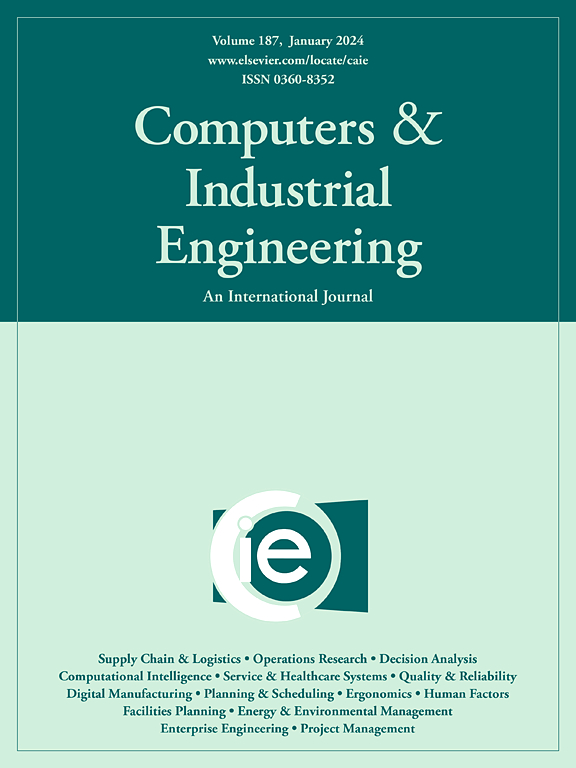A framework to define, design and construct digital twins in the mining industry
IF 6.7
1区 工程技术
Q1 COMPUTER SCIENCE, INTERDISCIPLINARY APPLICATIONS
引用次数: 0
Abstract
The mining industry is set to increasingly use technological innovations surrounding digitalisation, particularly in the context of the fourth industrial revolution, to address current productivity challenges and safety concerns. Digital twins serve as an enabling technology for many digitalisation-based technological innovations. However, there is currently a lack of a comprehensive understanding of the digital twin concept within the mining industry. This paper presents a framework customised to mining which delineates various dimensions, model types and properties associated with a digital twin. The framework establishes a shared understanding of the concept, serving as a blueprint for the development of future digital twin works in the mining industry. The framework is enriched by accompanying model selection tools which could aid new users in developing digital twins within the proposed framework. Two case studies depicting existing mining digital twins are presented and deconstructed within the proposed framework. These case studies illustrate the framework’s ability to effectively identify various digital twin types, instilling confidence in the framework’s ability to thoroughly deconstruct existing works whilst simultaneously serving as an effective tool to construct future digital twins.

采矿业数字双胞胎的定义、设计和构建框架
采矿业将越来越多地使用围绕数字化的技术创新,特别是在第四次工业革命的背景下,以应对当前的生产力挑战和安全问题。数字孪生是许多基于数字化的技术创新的赋能技术。然而,采矿业目前还缺乏对数字孪生概念的全面了解。本文介绍了一个为采矿业量身定制的框架,该框架划分了与数字孪生相关的各种维度、模型类型和属性。该框架建立了对数字孪生概念的共同理解,可作为采矿业未来数字孪生工作的发展蓝图。与之配套的模型选择工具丰富了该框架,可帮助新用户在拟议框架内开发数字孪生。两个案例研究描述了现有的采矿数字孪生系统,并在拟议框架内对其进行了解构。这些案例研究说明了该框架有效识别各种数字孪生类型的能力,使人们对该框架彻底解构现有作品的能力充满信心,同时也使其成为构建未来数字孪生的有效工具。
本文章由计算机程序翻译,如有差异,请以英文原文为准。
求助全文
约1分钟内获得全文
求助全文
来源期刊

Computers & Industrial Engineering
工程技术-工程:工业
CiteScore
12.70
自引率
12.70%
发文量
794
审稿时长
10.6 months
期刊介绍:
Computers & Industrial Engineering (CAIE) is dedicated to researchers, educators, and practitioners in industrial engineering and related fields. Pioneering the integration of computers in research, education, and practice, industrial engineering has evolved to make computers and electronic communication integral to its domain. CAIE publishes original contributions focusing on the development of novel computerized methodologies to address industrial engineering problems. It also highlights the applications of these methodologies to issues within the broader industrial engineering and associated communities. The journal actively encourages submissions that push the boundaries of fundamental theories and concepts in industrial engineering techniques.
 求助内容:
求助内容: 应助结果提醒方式:
应助结果提醒方式:


